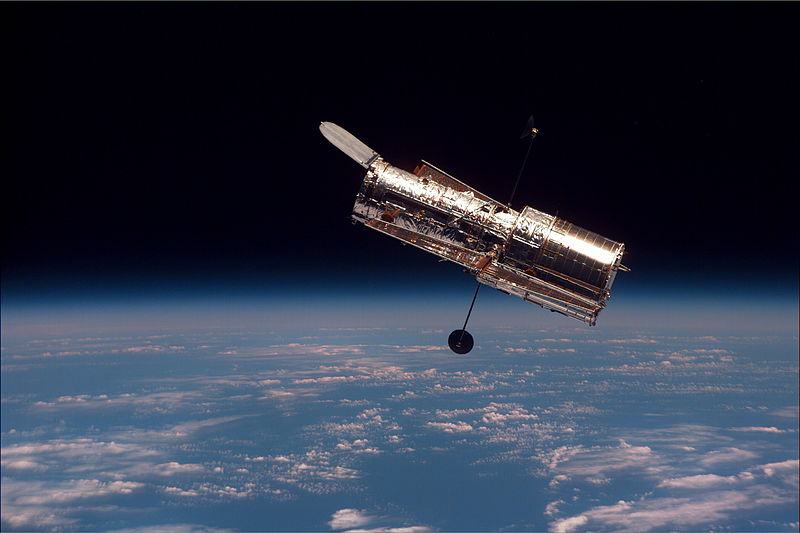Start Rolling Your Blunts and Fly Through a Nebula in the Latest Batch of Hubble Space Videos

Credit to Author: Becky Ferreira| Date: Tue, 24 Oct 2017 16:57:39 +0000
Since its launch in 1990, the Hubble Space Telescope has become perhaps the most prolific purveyor of high-quality space porn in history. From its kaleidoscopic deep field shots, which contain multitudes of galaxies, to its closeups of planets in our own solar system, Hubble is our window into the intense wonders of the universe.
If you feel yourself needing a hefty shot of cosmic beauty these days, Hubble’s Europe-based team has you covered. On Tuesday, Hubble/ESA uploaded over 100 videos to its YouTube page that run the gamut from artistic animations of exoplanets to dramatic footage of radiant nebulae. We’ve collected and GIF-ified the most mesmerizing among them here, but it’s worth taking a scroll through Hubble/ESA’s channel and its new glut of gorgeous spacey content.
GIF: European Space Agency, NASA, J.-P. Kneib (Observatoire Midi-Pyr‚n‚es) and R. Ellis (Caltech)
This animation based on Hubble observations shows what it might look like to travel toward the most distant galaxies in the universe (shown in red), some 13 billion light years away.
GIF: ESA/Hubble (M. Kornmesser & L. L. Christensen)
This video comparison highlights the differences between Hubble’s Advanced Camera for Surveys (ACS), which captures deep field images in ultraviolet and visible wavelengths, and its Near Infrared Camera and Multi-Object Spectrometer (NICMOS) instrument, which specializes in capturing distant objects in near infrared wavelengths.
GIF: ESA/Hubble (M. Kornmesser & L. L. Christensen)
This animation captures TFW you are part of a binary star system destined to explode into a type one-a supernova, a stellar death that Hubble has witnessed many times.
The effect of gravitational lensing, in which a foreground object’s gravitational field distorts or amplifies light from a background source, is visualized in this animation, complete with Hubble’s position while capturing these useful alignments.
GIF: ESA/Hubble (M. Kornmesser & L. L. Christensen)
The physics of the planetary nebula Henize 3-1475, also known as the “garden sprinkler” nebula, is visualized in this animation, based on Hubble observations.
GIF: NASA, ESA, and J. DePasquale (STScI)
Hubble’s most memorable portraits are often composite images stitched together from shots in various wavelengths, made in collaboration with many other observatories. This video breaks down the parts of a composite image of the Crab Nebula, based on imagery collected by Hubble, the Karl G. Jansky Very Large Array, NASA’s Spitzer Space Telescope, ESA’s XMM-Newton Observatory, and NASA’s Chandra X-ray Observatory.
This animation of a stellar-mass black hole illustrates how these dark objects warp light as they move, which allows telescopes like Hubble to detect them.
Not all planets are as lucky as Earth when it comes to maintaining a safe distance from their stars. This visualization depicts a giant planet that orbits its star so closely that its atmosphere is evaporating. Hubble has observed one such planet in this steamy situation, the Neptune-sized world GJ 436b, located 30 light years away.
GIF: ESA/Hubble (M. Kornmesser & L. L. Christensen)
Last but not least, here’s Hubble’s zoom-in animation of the glaring Helix nebula, located about 700 light years from Earth. Because no Hubble roundup is complete without a shot of the universe’s eyeball.
Get six of our favorite Motherboard stories every day by signing up for our newsletter.